looking for partial sun/shade edibles
mocknbird
19 years ago
Related Stories
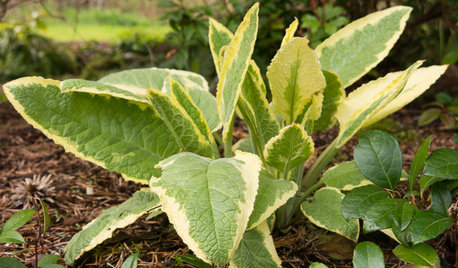
GARDENING GUIDESGreat Design Plant: Axminster Gold Comfrey for Sun or Shade
Plant this perennial for bold color that will light up shady spots, sparkle in the sun and add interest from spring until fall
Full Story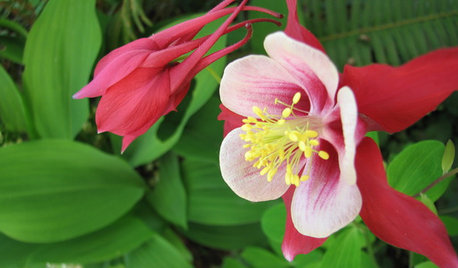
GARDENING FOR BUTTERFLIESGreat Design Plant: Columbine Grows Happily in Shade and Sun
Its ethereal beauty comes from complex forms and wide-ranging colors, but columbine’s benefits are highly attractive too
Full Story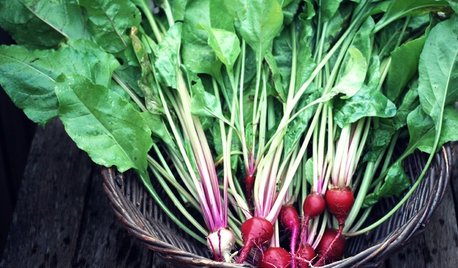
EDIBLE GARDENS8 Last-Minute Additions to a Summer Edible Garden
It’s not too late to get these vegetables and herbs planted for a bountiful harvest this year
Full Story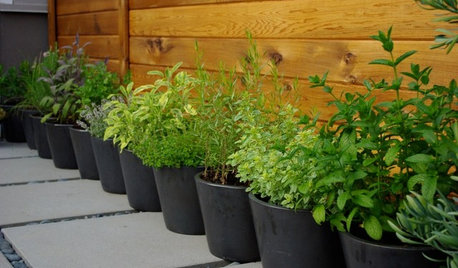
GARDENING GUIDES6 Ways to Grow Edibles in Small Places
No big backyard? Join in the grow-your-own fun with these small-space ideas for planting vegetables, fruits and herbs
Full Story
FARM YOUR YARDHouzz Call: Home Farmers, Show Us Your Edible Gardens
We want to see where your tomatoes, summer squashes and beautiful berries are growing this summer
Full Story
GARDENING GUIDES11 Favorite Edibles for Your Cool-Season Garden
Plant crunchy carrots, crisp radishes, tender peas and other vegetables for fall and spring harvests
Full Story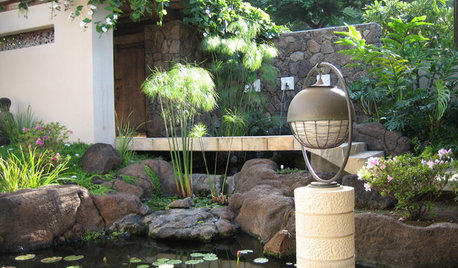
LANDSCAPE DESIGNRecipe for Asian Edible Garden Style
A surprising number of food plants are hiding out in Asian-themed landscapes. Add a few more and extend the Zen flavor to the kitchen
Full Story
FARM YOUR YARDHow to Grow Vegetables in Containers
Get glorious vegetables and fruits on your patio with a pro’s guidance — including his personal recipe for potting mix
Full Story
EDIBLE GARDENS12 Essential Herbs for Your Edible Garden
Make home cooking and drinks even better with herbs plucked from your own backyard or windowsill pot
Full Story
GARDENING GUIDES10 Easy Edibles for First-Time Gardeners
Focus on these beginner-friendly vegetables, herbs, beans and salad greens to start a home farm with little fuss
Full StorySponsored
Columbus Design-Build, Kitchen & Bath Remodeling, Historic Renovations






kurtg
lpinkmountain
Related Professionals
Willowick Landscape Architects & Landscape Designers · Jackson Landscape Contractors · Brooklyn Park Landscape Contractors · Cudahy Landscape Contractors · Downey Landscape Contractors · Fort Myers Landscape Contractors · Mastic Beach Landscape Contractors · West Covina Landscape Contractors · Folsom Carpenters · Houston Carpenters · Idaho Carpenters · Livingston Carpenters · Saint Charles Carpenters · Loveland Siding & Exteriors · Philadelphia Siding & Exteriorsflowersandthings
painterbug
flowersandthings
jonathante
kollinrice_yahoo_com
oliveoyl3
pitmaston_pineapple